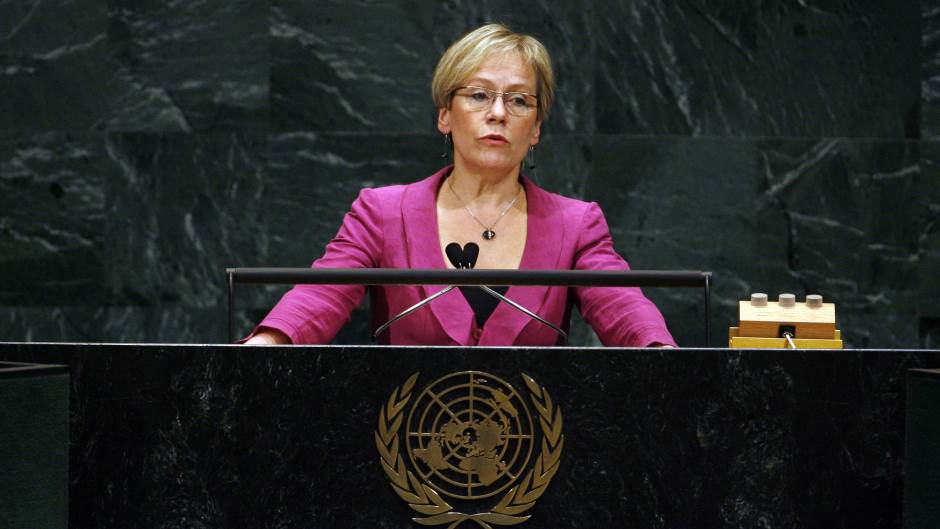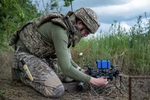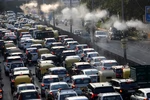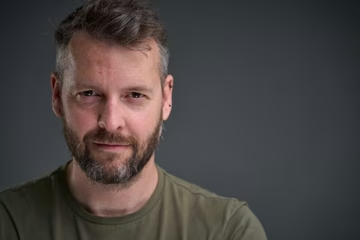OSCE/ODIHR chief: Srebrenica genocide anniversary, a chilling reminder

In honouring the victims of the Srebrenica genocide in 1995, we must ensure that such acts are never repeated by addressing early indicators of mass atrocities, such as hate crimes, OSCE Office for Democratic Institutions and Human Rights (ODIHR) Director Ingibjörg Sólrún Gísladóttir said Wednesday, ahead of the 24th anniversary and burial of the Srebrenica genocide victims.
Oglas
“The Srebrenica genocide in Bosnia and Herzegovina, in which thousands of Bosnian Muslim boys and men were killed, reminds us that when discrimination, intolerant and toxic public discourse and bias-motivated incidents are not effectively addressed, they can undermine the security of societies by creating or exacerbating wider tensions,” said Gísladóttir. “These, in turn, can trigger larger conflicts across ethnic, religious or other communities, intensifying civil disturbances and even resulting in mass atrocities.”
Having all this in mind - understanding the root causes and precursors of hate crimes and their relationship to atrocity crimes, together with identifying risk factors that can lead to or enable their commission, will help States, the international community and civil society take the necessary measures to prevent these crimes from occurring, said the ODIHR's statement.
In supporting participating States in preventing such escalations of violence within their jurisdictions, ODIHR works with governments, civil society and other intergovernmental organizations to ensure a more robust and effective response to all forms of hate crime in the OSCE region. Its globally unique set of tools to address hate crime helps societies prevent and respond to the escalation of violence in order to ensure that mass atrocities against vulnerable groups and communities never happen again.
Oglas
https://twitter.com/osce_odihr/status/1148943900226330624
This Thursday, 33 more victims will be buried in Potocari, on the 24th anniversary of the Srebrenica genocide.
On July 11, 1995, Bosnian Serb forces overran the eastern Bosnian enclave and rounded up the town’s Muslim Bosniaks, separated men from women and little children and systematically executed some 8,000 men and boys.
The bodies of the victims were buried in a large number of mass graves.
Oglas
The International Criminal Tribunal for the Former Yugoslavia (ICTY) and the International Court of Justice later ruled that the massacre was an act of genocide.
Kakvo je tvoje mišljenje o ovome?
Učestvuj u diskusiji ili pročitaj komentare
Oglas
Kakvo je tvoje mišljenje o ovome?
Učestvuj u diskusiji ili pročitaj komentare
Oglas





 Srbija
Srbija
 Hrvatska
Hrvatska
 Slovenija
Slovenija



























































